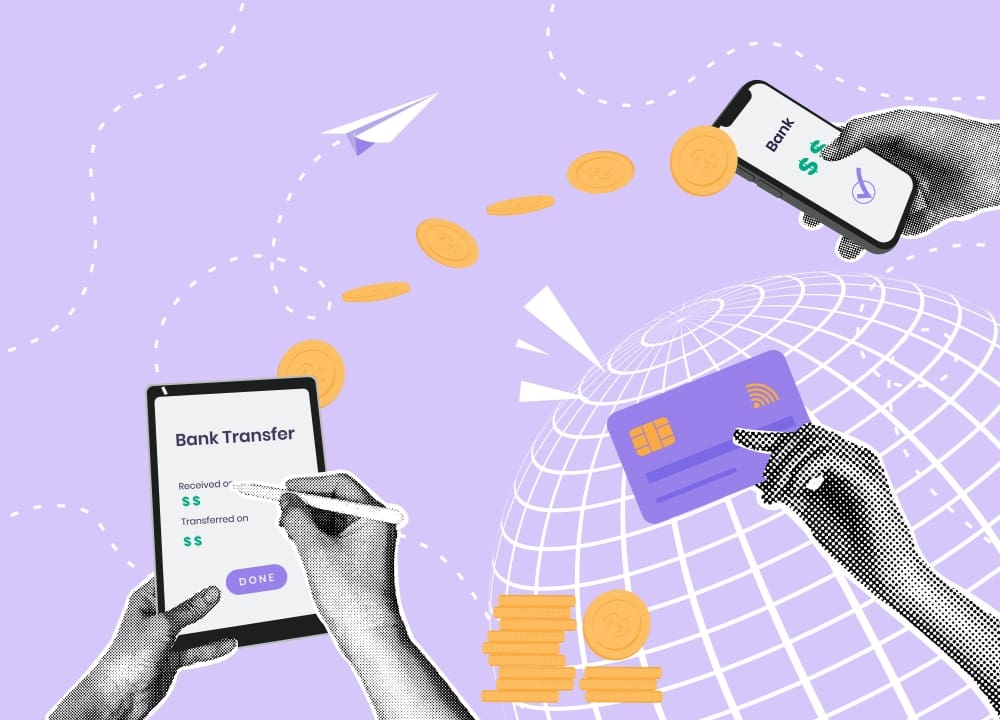Financial Technology, or “FinTech,” is the revolutionary force reshaping how we manage, move, and invest our money, driven by technology startups, established tech giants, and innovative financial institutions. At its core, FinTech leverages software, mobile applications, and advanced data analytics to streamline, digitize, and democratize financial services that were once the exclusive domain of traditional banks and brick-and-mortar establishments. This global phenomenon is fundamentally changing consumer and business finance by making services faster, more accessible, and significantly more user-friendly, directly from the devices in our pockets.
The term itself might sound modern, but the concept of using technology to improve finance is not new. The introduction of the credit card in the 1950s and ATMs in the 1960s were early forms of FinTech. However, the current wave, which began accelerating after the 2008 financial crisis and the rise of the smartphone, is defined by its speed, scale, and disruptive potential.
Today’s FinTech is less about supporting traditional institutions and more about challenging them. It’s about creating entirely new ways to conduct financial activities, often with a focus on customer experience and efficiency that legacy systems struggle to match.
Deconstructing FinTech: More Than Just an App
At a high level, FinTech is the symbiotic relationship between finance and technology. It encompasses a vast range of products, services, and business models that use technology to improve upon or replace conventional financial methods. Think of it as the engine running behind the scenes of your favorite financial apps.
When you send money to a friend using Venmo, apply for a loan on your laptop, or check your investment portfolio on a mobile dashboard, you are interacting with the FinTech ecosystem. These actions are powered by complex algorithms, secure cloud computing, and sophisticated data analysis designed to make the process seamless.
The primary goal is to remove friction. Traditional banking often involves paperwork, long wait times, and physical branch visits. FinTech aims to eliminate these hurdles, offering instant or near-instant services available 24/7 from anywhere with an internet connection.
The Key Pillars of the FinTech Ecosystem
FinTech is not a single entity but a broad ecosystem with several distinct, yet often overlapping, sectors. Understanding these pillars is key to grasping the full scope of its impact.
Digital Payments and Wallets
Perhaps the most visible area of FinTech is digital payments. Services like PayPal, Block’s Cash App, Venmo, and Zelle have transformed peer-to-peer (P2P) money transfers. They allow individuals to send and receive funds instantly without handling cash or writing checks.
Mobile wallets such as Apple Pay and Google Pay further this convenience by tokenizing your credit and debit card information. This technology allows for secure, contactless payments at retail locations and online, turning your smartphone or smartwatch into a digital wallet.
Lending and Crowdfunding
FinTech has dramatically disrupted the lending industry. Peer-to-peer (P2P) lending platforms like LendingClub and Prosper connect borrowers directly with individual or institutional investors, often bypassing banks entirely. By using alternative data sources and algorithms to assess creditworthiness, these platforms can often offer more competitive rates and faster approval times.
Similarly, crowdfunding platforms like Kickstarter (for creative projects) and GoFundMe (for personal causes) have democratized fundraising. They allow individuals and startups to raise capital from a large number of people online, providing an alternative to traditional venture capital or bank loans.
Personal Finance and “Robo-Advisors”
A new generation of tools has emerged to help consumers manage their financial lives. Budgeting apps like Mint and YNAB (You Need A Budget) aggregate all your financial accounts in one place, automatically categorize spending, and provide insights to help you save more effectively.
In the investment world, “robo-advisors” have made sophisticated portfolio management accessible to the masses. Companies like Betterment and Wealthfront use algorithms to build and manage diversified investment portfolios based on a user’s goals and risk tolerance. This automated approach significantly lowers the fees and minimum investment requirements associated with traditional human financial advisors.
InsurTech
Insurance, an industry historically slow to change, is being transformed by “InsurTech.” These companies use technology to make insurance more affordable, personalized, and efficient. For example, some auto insurers offer policies based on your actual driving behavior, tracked via a mobile app or a device in your car.
InsurTech also leverages Artificial Intelligence (AI) and machine learning to streamline claims processing. Instead of weeks of paperwork and manual review, a claim can be submitted with a photo from a smartphone and approved in minutes.
RegTech (Regulatory Technology)
A less consumer-facing but critically important sector is “RegTech.” This field uses technology to help financial institutions meet their complex and ever-changing regulatory requirements. By automating compliance and reporting processes, RegTech helps firms reduce the risk of human error and the high costs associated with staying compliant with rules related to fraud prevention and anti-money laundering (AML).
Blockchain and Cryptocurrencies
While often associated with speculative trading, the technology underlying cryptocurrencies like Bitcoin and Ethereum—blockchain—is a powerful FinTech innovation. A blockchain is a decentralized, distributed ledger that records transactions securely and transparently without needing a central authority like a bank.
Its potential applications in finance are vast, including faster and cheaper cross-border payments, more secure record-keeping, and the creation of “smart contracts” that automatically execute when certain conditions are met.
Why is FinTech Growing So Rapidly?
The explosive growth of FinTech can be attributed to a perfect storm of technological advancement, changing consumer behavior, and shifts in the economic landscape.
Changing Consumer Expectations
Modern consumers, accustomed to the on-demand, personalized experiences offered by companies like Amazon, Netflix, and Uber, now expect the same from their financial services. They demand convenience, speed, and transparency—qualities that many legacy banking systems were not built to provide.
Technological Advancements
The proliferation of smartphones has put a powerful computer in nearly everyone’s hands, creating the perfect delivery vehicle for digital financial services. This, combined with the rise of cloud computing, Big Data analytics, and AI, has given FinTech companies the tools to build sophisticated, scalable, and data-driven products.
The Post-2008 Financial Crisis Landscape
The 2008 global financial crisis eroded public trust in many large banking institutions. This created an opening for new players to enter the market with promises of greater transparency, lower fees, and a more customer-centric approach. The subsequent increase in regulations on traditional banks also created opportunities for more agile FinTech startups to innovate in areas less encumbered by legacy rules.
Challenges and the Road Ahead
Despite its rapid ascent, the FinTech industry faces significant challenges that will shape its future.
Security and Data Privacy
As financial services become more digitized, the risk of cyberattacks and data breaches grows. FinTech companies handle vast amounts of sensitive personal and financial data, making them prime targets for malicious actors. Building and maintaining consumer trust through robust security measures is paramount for the industry’s long-term success.
Regulatory Hurdles
Regulators around the world are grappling with how to oversee this new landscape. The challenge is to create rules that protect consumers and ensure financial stability without stifling the innovation that makes FinTech so valuable. This ongoing push and pull between innovators and regulators will continue to define the industry’s boundaries.
The Future of FinTech
Looking forward, FinTech is likely to become even more integrated into our daily lives through a concept called embedded finance. This is the integration of financial services into non-financial apps and platforms—think of the “Buy Now, Pay Later” options offered directly on e-commerce sites. The goal is to make finance invisible and seamless, available at the exact moment of need.
The continued advancement of AI will also lead to hyper-personalization, with services and advice tailored to an individual’s unique financial situation and behavior. FinTech will move from being a reactive tool to a proactive financial partner.
Conclusion
FinTech is far more than a passing trend or an industry buzzword; it represents a fundamental and permanent evolution in our relationship with money. By breaking down old barriers with technology, it has made financial services more inclusive, efficient, and user-centric than ever before. While challenges in security and regulation remain, the trajectory is clear: the future of finance is digital, and FinTech is the engine driving us there.







